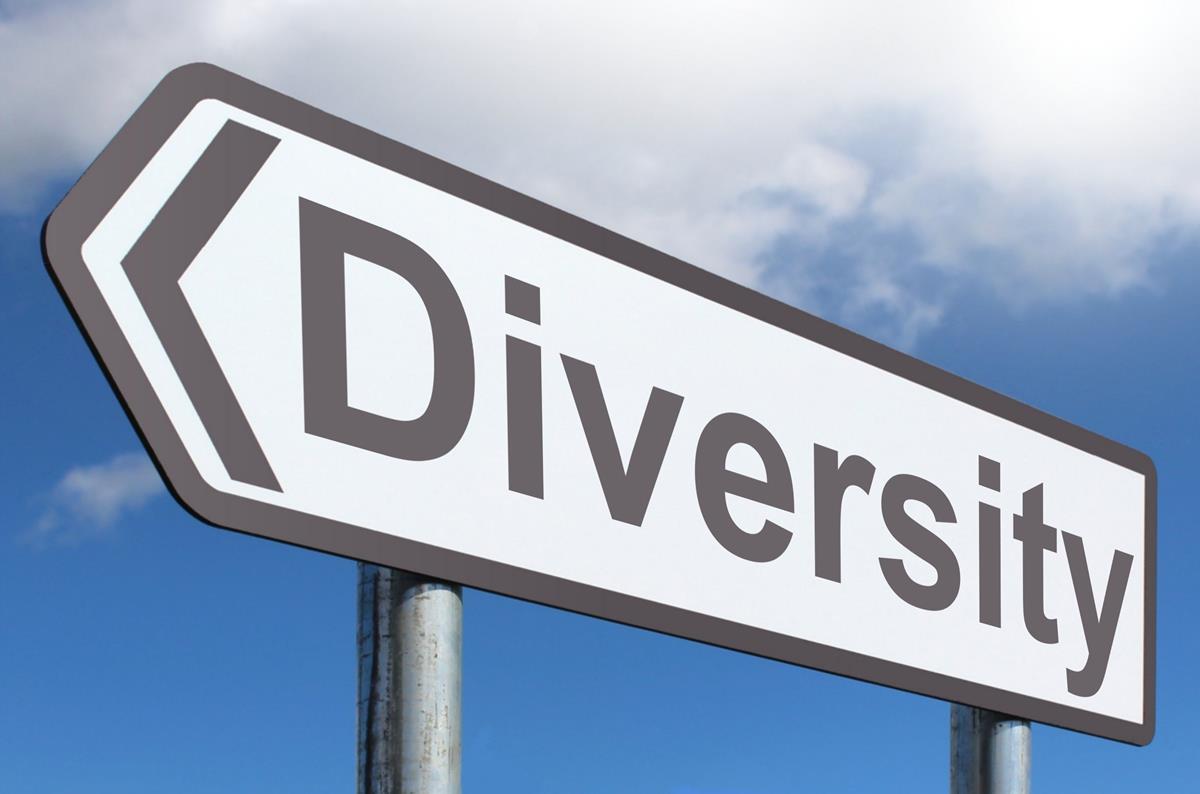Photo courtesy of Nick Youngson
Like most of you, I have a lot of thoughts about recent events that have centered on race and equality. I’ve read many stories about how this is changing the face of media, and wondered how it would affect my work.
It’s easy, and I think normal, to feel helpless about battling inequality. Many people protested. But what else can we do? After all, many of us do treat people equally and kindly. Many of us do understand that thinking you’re superior to anyone–especially based on race–is completely wrong.
So how can journalists have a positive impact on racial disparities other than by covering what’s happening in our communities and on a national scale?
One Small Step: Selecting Sources
You may not have much choice in what you cover in terms of topics or events, but you may have some choice when it comes to selecting sources. That said, you may not always have much of a say in the source you use for a story. Your editor may tell you who to interview, or the communications team of a company, organization or institution may pick your source for you. (If you’re a freelancer, you may have a lot more freedom here.)
I cover health news a lot and always have to find sources to give a comment on something. I always try to find the “best possible” person to target as a source…that is, if they have a specific research focus that pertains to the research I’m covering, they’re probably a great source. In those cases, the source is familiar with the intricacies of a topic, can give me an insider’s view on it and I won’t have to explain something much in order to get a rockstar comment. Score.
But other times, I just need a general practitioner to weigh in on something, so I don’t need this super-specific source.
Another writer recently mentioned how she was feeling helpless amidst all the turmoil lately. She said that, as a result, she was going to highlight more voices of color in her reporting. What a simple, beautiful way to have an impact, I thought. I love the idea of diversifying our sources, because we do have a choice in who can highlight. This doesn’t have to be based solely on race, either–maybe it’s just time to mix up your sources! Choose new experts to have on call instead of turning to the same person for a quick comment.
That highlight gives a source a reason to brag on his/her LinkedIn profile. It looks good for his/her company. He/she gets a nice “featured” clip in their media folder. A simple mention could impact that source’s career in a variety of possible ways. I want to spread the power of positive press attention to as many people as possible.
Diversifying Sources
I’m not saying that I’m only going to select Black or Brown sources. But when I have a little more flexibility or a broader need, I’m going to try to diversify who I choose to approach for comment. I will definitely look at all the sources in an article to see if it’s a broad representation of men and women of all races. It’s kind of the same thing you would do when you make sure articles with multiple sources don’t feature people from the same institution or corporation.
I don’t want this practice to negatively affect the editorial integrity of an article…sometimes you have to interview a specific source or sources that may fit one demographic, and that’s okay. I don’t want to solely highlight people of color because they’re “trending” or so I can feel better about myself.
I want my source selections to be authentic. I’ve always aimed to diversify sources when possible; now I’m just a little extra mindful that I should, and that, as journalists, we have the ability to do so.
I think the national unrest gives all of us the opportunity to stand up for equality in our own ways. This is going to be mine.
How has race and equality come into play for you as a journalist, specifically when it comes to selecting sources?

